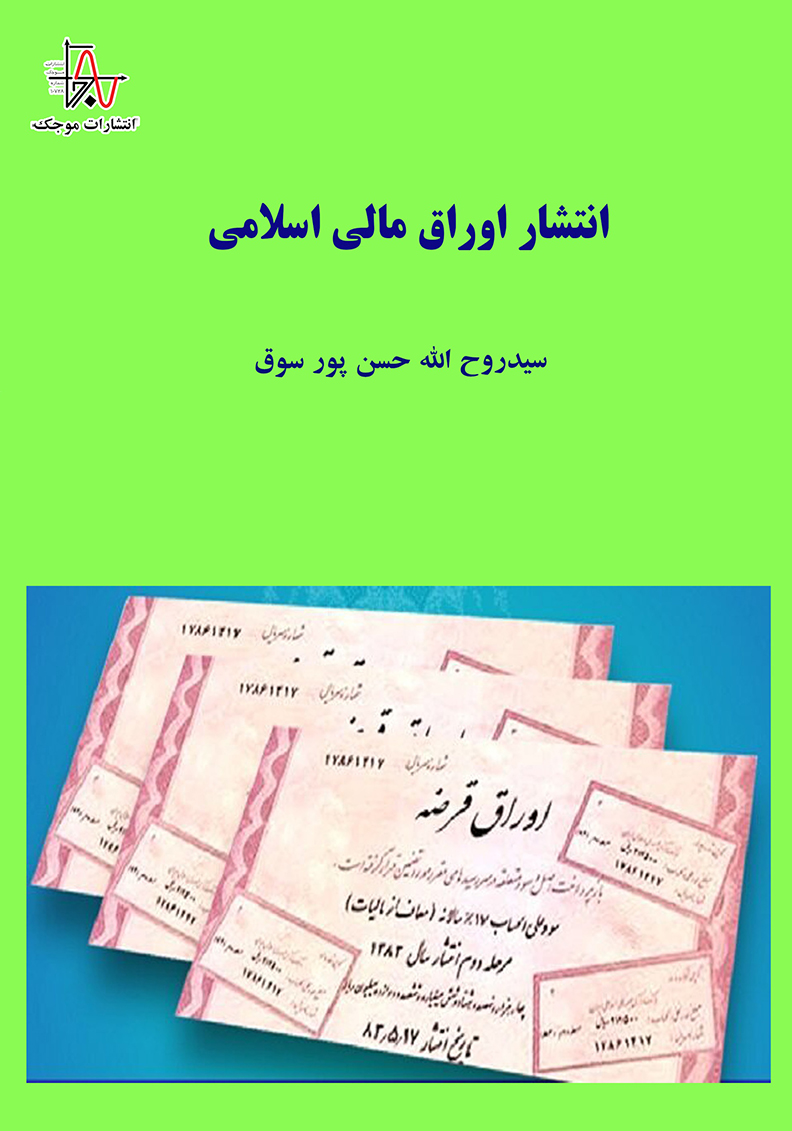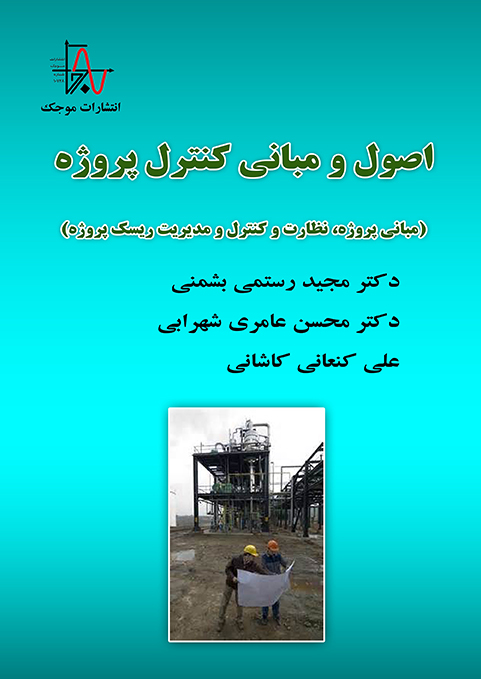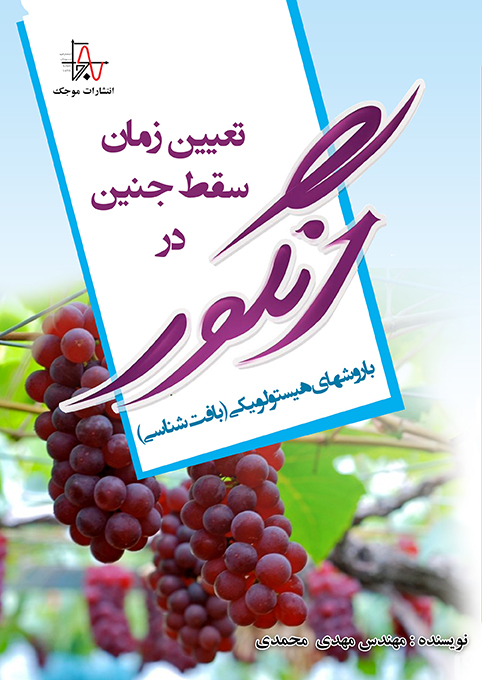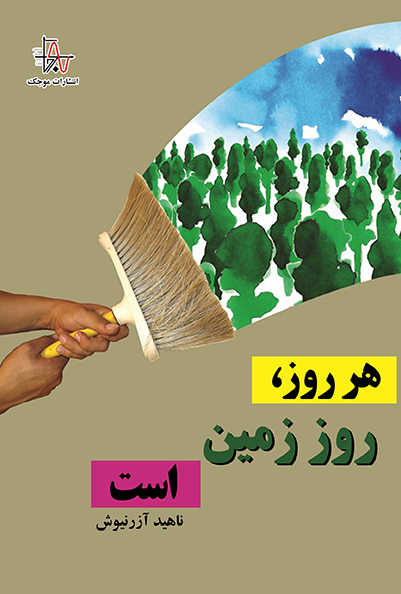ناشر : انتشارات موجک
کد کتاب : M754
عنوان : انتشار اوراق مالی اسلامی
تالیف : سیدروح الله حسن پور سوق
مشخصات ظاهری : ۹۶ صفحه، قطع وزیری
چاپ اول : بهار ۱۴۰۱، تيراژ : ۵۰۰ جلد
قيمت : ۱۸۸۰۰۰۰ ريال، شابک : ۸-۴۲۴-۹۹۴-۶۰۰-۹۷۸
حقوق چاپ و نشر برای ناشر محفوظ است.
————————————————————————————————————————————————————————————————————————–






نقد و بررسیها
هیچ دیدگاهی برای این محصول نوشته نشده است.